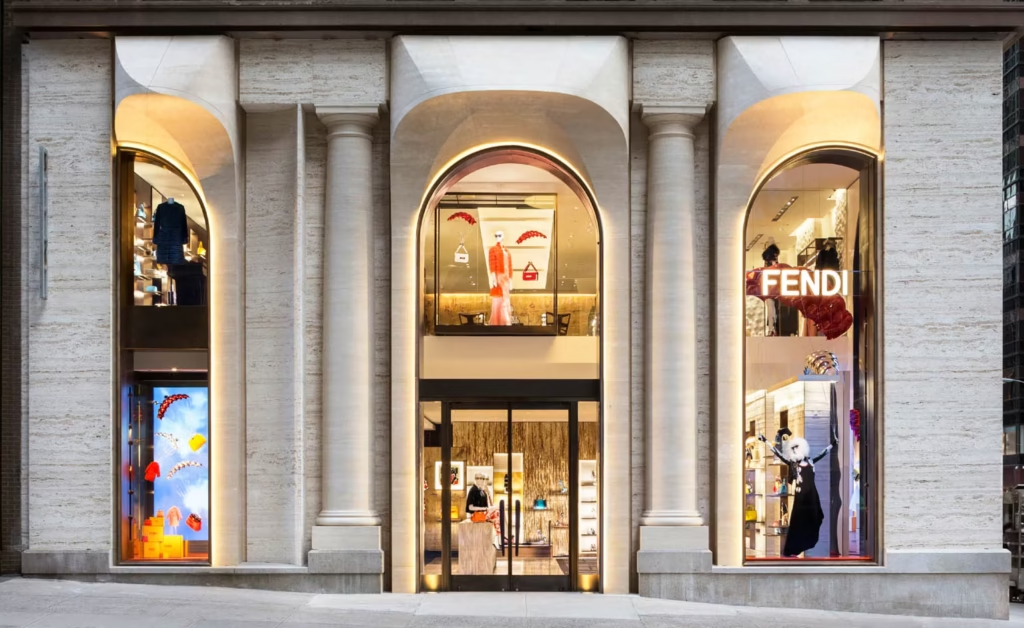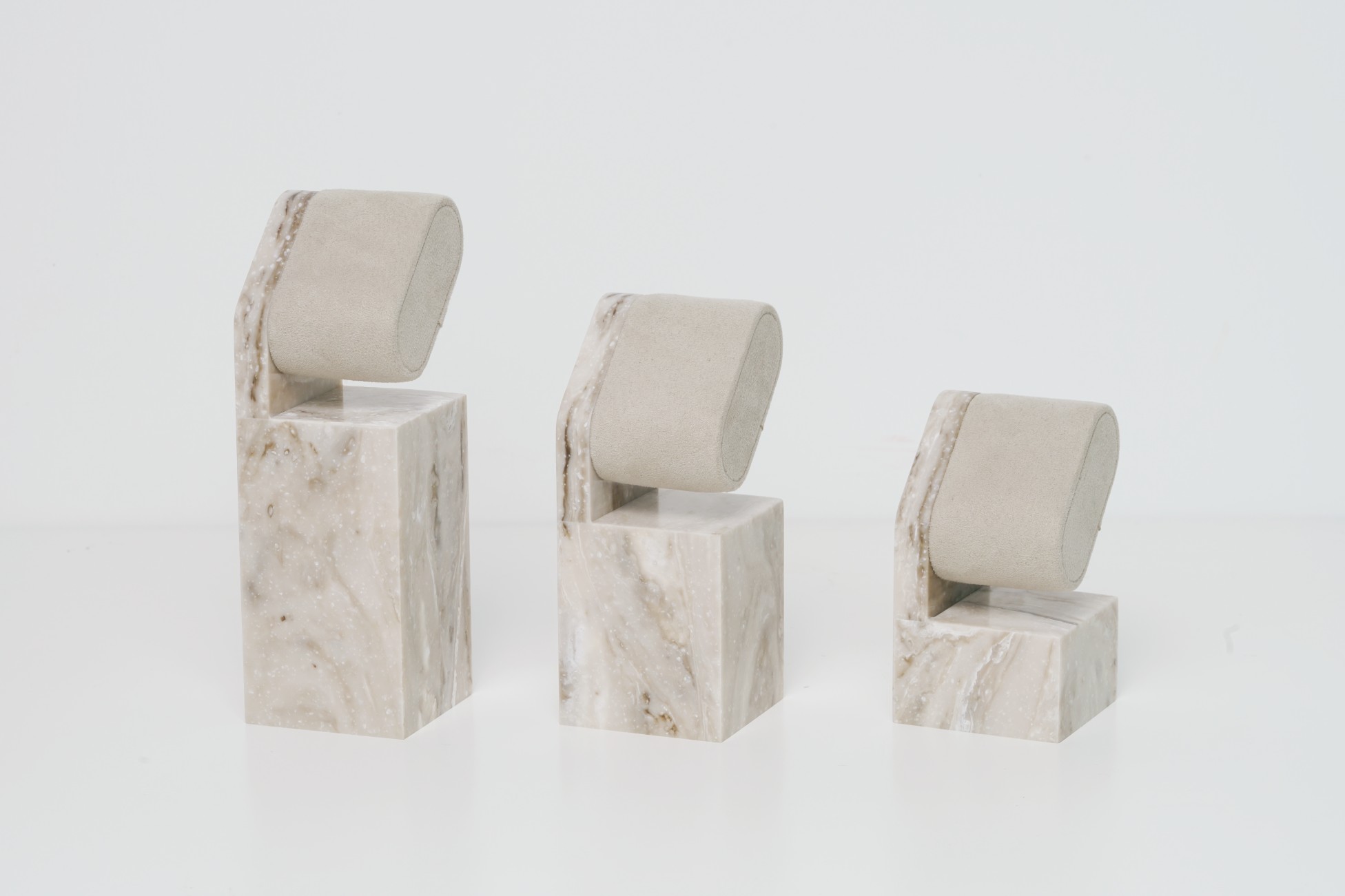Tailoring Visual Merchandising Systems for Brand Control, Flexibility, and Local Adaptation
By Yan Luo | Samtop Display
Flagship stores and franchise rollouts require very different display props strategies. In this article, we explore how to tailor flagship vs franchise display props to maintain brand control, scalability, and flexibility across retail formats..
Samtop helps brands create tailored systems that balance impactful visuals with scalability and ease of installation, ensuring a consistent brand presence across all retail formats.

When brands roll out display props for flagship stores versus franchises, they often face the challenge of maintaining brand identity while adapting to the diverse needs of each retail environment. Flagship stores demand unique, high-impact displays that convey a premium brand experience, while franchise stores require easy-to-install, modular displays that are cost-effective yet still visually consistent.
Without a tailored solution, flagship stores risk overlooking the need for immersive, artistic presentations, while franchise locations might end up with uninspiring displays that don't capture the brand’s essence. The lack of flexibility and scalability in display systems can result in wasted resources, inconsistent customer experiences, and missed sales opportunities.
At Samtop, we provide dual-track display systems specifically designed for both flagship stores and franchise rollouts. For flagship stores, we create bespoke, high-end installations that tell a story and enhance the customer experience. For franchises, we deliver scalable, modular systems that are cost-effective and easy for local teams to assemble. With this approach, we ensure brand consistency while meeting the unique needs of different store formats.
Are you struggling to keep your flagship stores and franchises aligned while making each display format fit seamlessly into different retail environments? Here’s how Samtop’s tailored display solutions can help you maximize impact, streamline processes, and maintain your brand identity across every store.
Flagship vs Franchise Display Props: Key Differences
| Factor | Flagship Store | Franchise Rollout |
|---|---|---|
| Main Goal | Brand expression, WOW factor | Visual consistency, sales enablement |
| Location | Tier-1 cities, landmark sites | Multi-city, local malls, retail partners |
| Setup Ability | Trained VM team, custom build | Store staff or installer required |
| Display Style | Artistic, oversized, custom finishes | Modular, scalable, simplified parts |
| Maintenance | Brand team maintains | Local agent handles setup & upkeep |
| Budget Model | High-impact, low quantity | Mid-budget, high quantity |
👉 See Visual Merchandising Standards by POPAI for retail display compliance.
Flagship Store Display Prop Strategy
1. Custom Sculptural Elements
- Oversized props, handcrafted finishes, integrated light or motion.
- Example: A 2m-tall thematic centerpiece or immersive window installation that defines the store’s narrative.
2. Material Exploration
- Use of high-end materials like real metal, stone texture, velvet, resin, and curved glass.
- Example: A bespoke hero product riser made from sculpted marble with integrated LED lighting to highlight key products.
3. Bespoke Fixtures
- Each fixture is location-specific, co-developed with the interior or window design team.
- Example: An artful sculptural backdrop created to fit perfectly with the brand’s aesthetic and the store’s architecture.
4. High-Finish Execution
- Premium finishes, such as painted FRP, CNC wood panels, soft-touch PU, and museum-style plinths.
- Example: A high-quality product riser with a velvet matte finish and soft LED halo lighting.
These artistic elements ensure flagship display props deliver impact and immersive brand storytelling.
Franchise Display Prop Strategy
1. Modular Systems with Visual Flexibility
- Core base with changeable trays, headers, and sleeves that adapt to various store formats.
- Example: A modular counter tester tray with removable PET header cards that allow for easy updating and region-specific customizations.
2. Lightweight + Flat-Pack Designs
- For easy shipping and setup by store staff or standard installers with no special tools.
- Example: Stackable cardboard podiums that can be assembled in minutes and used across multiple locations.
3. Cost-Optimized Materials
- Use of MDF, PET, and foam board with protective films or decals that reduce cost while maintaining visual quality.
- Example: An MDF tray system with a high-quality printed decal, offering a budget-friendly solution without sacrificing style.
4. Pre-Labeled, Instruction-Ready Kits
- Clear instructions with QR-code setup guides and visual install templates.
- Example: A franchise-friendly setup kit that includes labeled parts (A1, B2, etc.), a QR code for video installation, and a visual reference photo for each store’s setup.
Modular kits make franchise display props scalable, practical, and cost-effective.
Real Case: Global Skincare Brand Dual Rollout
Context:
A global skincare brand launched a new fragrance in their flagship store in Seoul, simultaneously rolling out the product to 100+ franchise counters in Asia.
Samtop’s Approach:


